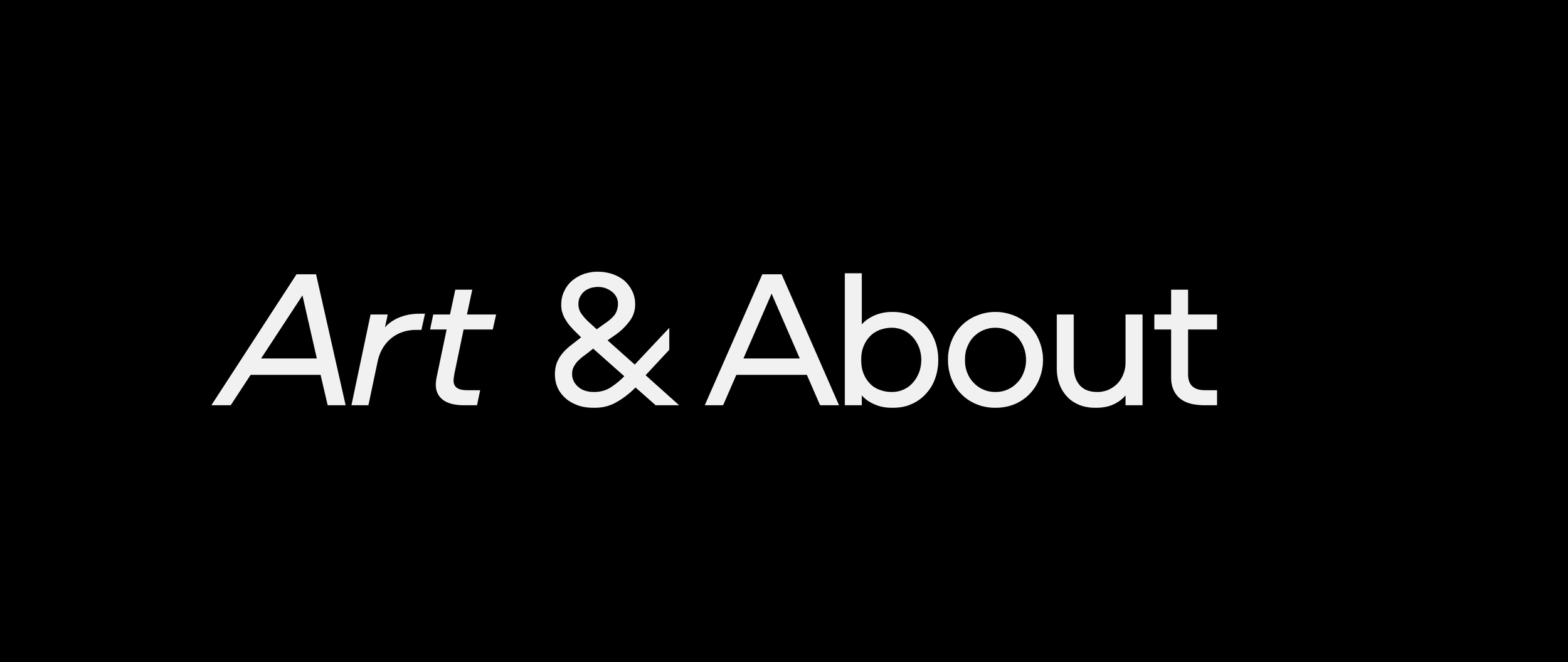Japeth Mennes "City Paintings"
By GRAHAM W. BELL
Japeth Mennes’ new exhibition at Ampersand is striking for both its graphic immediacy and introspective qualities as well as its nuanced take on humble urban adornments. Made up of twenty four new canvases, City Paintings is split into two categories: Laundromat (washing machines) and Mailbox Buzzers (an assortment of intercoms and post boxes). The artist offers these unassuming, ubiquitous subjects as touchstones so that one might ground themselves in the visual cacophony that is daily life in New York City (where Mennes lives and works).
Laundromat install shots
The play between meditative solitude and a shared experience is a large part of the City Paintings. They are not depictions of the physical city, but talismans of recognition for anyone who has trod the busy streets of the five boroughs. Whether pulled from printed awnings for laundromats or mimicking the decorative sheet metal covers so familiar to delivery drivers, Mennes’ canvases exhibit a knack for turning the everyday into vessels for meditative looking. They hover somewhere between a Johns’ flag (a symbol), an Albers’ homage (a study), and a Warholian Brillo box (a soap). They are Pop-adjacent with the focus turned from capitalist commercialism to living communities and a more careful study of the world around us.
When I saw some of the first washing machine paintings as a group, hung in a level row in the dining area of Mennes’ modest apartment, I was entranced by the translation of universal signage into an intimate physical object bathed in low lamplight. Though pulled from actual designs around Brooklyn and Queens, each canvas is not a facsimile so much as a rumination on purposeful observation. Hung in that same sort of horizontal march at Ampersand, the current collection of washing machines starts to dissociate from its origins and becomes a collection of lines and shapes in vibrant conversation. Viewed individually in sequence each canvas might appear identical, but as a group every nuance and slight shift is visible. Laundromat (Brown, Orange, Black, Blue, Grey) is a clearly blocked panel with discrete lines of even width and tack-sharp edges. Laundromat (Green, Ochre, White, Green, Peach) is similar in format, but the central disc fades into its backing while the surrounding structure exudes an altogether softer atmosphere than the previous example. The shaped canvases extend this dialogue by toying with our sense of space. We know that the work is flat against the wall, but the simplicity and illusionistic nature of the implied cube is hard to resist.
Laundromat (Brown, Orange, Black, Blue, Grey), Acrylic on canvas, 2020, 22x17in.
Mailbox Buzzers (Green, Green, Warm White, Green, Grey), Acrylic on canvas, 2020, 26x18in
Mailbox Buzzers (Yellow, White, Pink, White, Grey), Acrylic on canvas, 2020, 22x18in
Each work in City Paintings ostensibly starts as a photograph of something Mennes has observed in his day-to-day. Taking the source into his studio, he flattens and separates the original from its surroundings by affixing a unique color scheme and working within the constraints of a specific, stylized visual language. Capturing and manipulating this pre-existing imagery allows Mennes to explore the painting process and to apply a set of rules to his basic framework. Each of the paintings is roughly lifesize and the one-to-one relationship helps to bring them into our own space. Employing precise repetition and a dextrous handling of the brush, works like Mailbox Buzzers (Green, Green, Warm White, Green, Grey) vibrate with an optical charge that references both its utilitarian origins while also speaking to a long history of Modernist painting. The seriality of the dashes and dots in Mailbox Buzzers (Yellow, White, Pink, White, Grey), is mechanically precise on first viewing (especially in reproductions), but a closer investigation rewards the eye with minute brushwork and the occasional mottling in tone. But for the real-world connection to functional items, one could be forgiven for thinking that each motif in the City Paintings was more in line with the abstraction of Math Bass than the meticulous translation of representational signs and objects into a cohesive vocabulary. It is the sheerly mundane nature of Mennes’ subjects that makes them so enticing. They are part of the oft-overlooked visual landscape of the urban environment. Bringing attention to the invisible corners of our existence, or merely making us aware of the beauty in the ordinary, the works in City Paintings exude a slow burning dynamism that grows with each viewing.
Japeth Mennes, City Paintings, is on view at Ampersand Gallery & Fine Books from August 7 - September 12, 2021.
Laundromat install shots
Japeth Mennes lives and works in New York City. He received his MFA from Cranbrook Academy of Art and his BFA from Kansas City Art Institute. Also a musician, Mennes was a member of the experimental rock group, Dead Painters, from 2012 to 2018. City Paintings is his first exhibition at Ampersand.
Graham W. Bell is an arts writer based in Houston, TX by way of Brooklyn, NY and Portland, OR. He received his MA from the University of Oregon, a BA from Willamette University, and is a professor of art history at Portland State University and Portland Community College. His contributions have appeared in The Brooklyn Rail and Oregon Arts Watch, among others.





